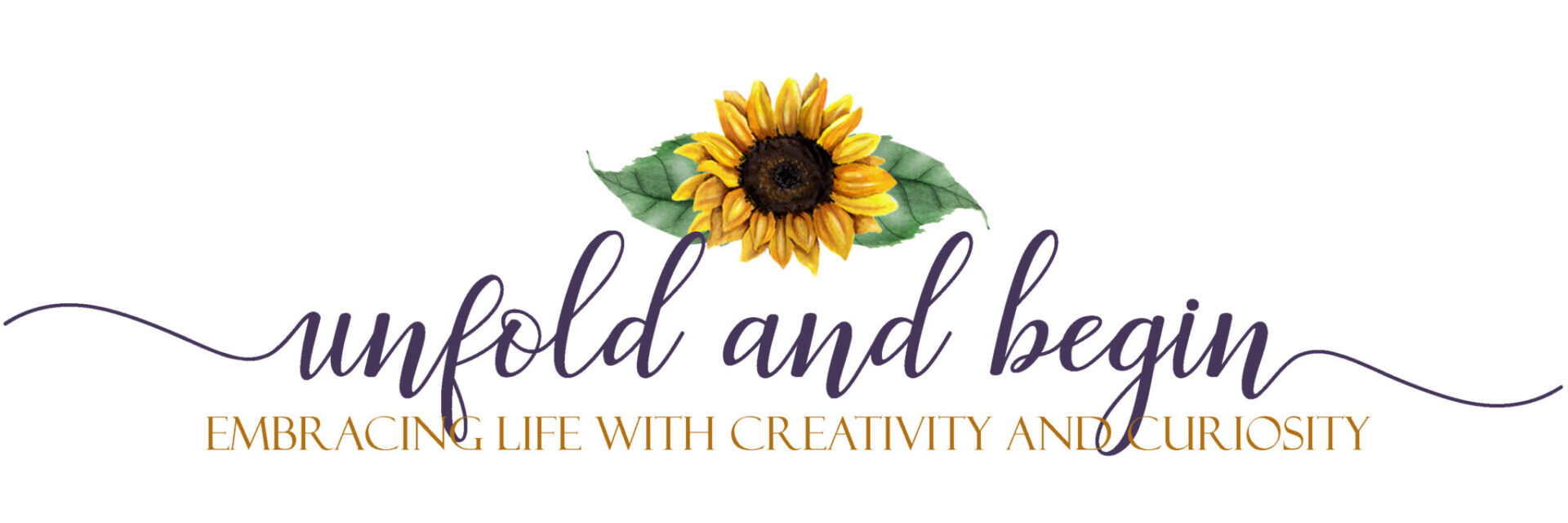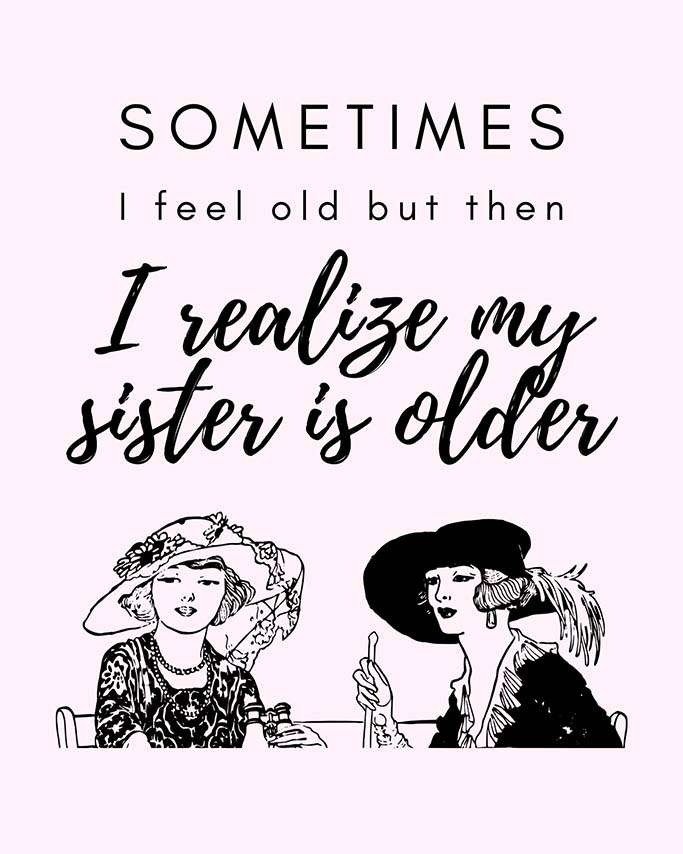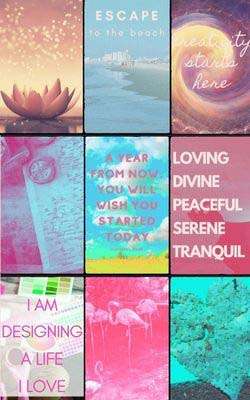This is my third week in journaling along with Me and White Supremacy by Laalya Saad as I uncover work to uncover my racial biases. Join me as I continue looking in the mirror.
This week, the work is around how we show up. Are we doing the work that’s necessary to unlearn what we’ve been taught? Consciously or unconsciously. Yes, it is about allyship, but not about self-proclaiming you are an ally but about doing the work, consistently, daily to show you are one. Allyship is active, not passive.
Day 15 is about Apathy. White apathy. You know, passive indifference to what’s happening. Being too busy or too tired or too anything, participate in anything, or even learn anything. This showed up for me in a way that is embarrassing for me to admit, but I will. My son was born on the third Monday in January. If you know anything about January holidays, this is Martin Luther King, Jr. Day. Never once, during the time that I was raising my child did I take him to any events.
Events to honor Martin Luther King, Jr happened every year. It would have been easy to attend an event. A breakfast. A prayer vigil. A speech. A reading. Any number of options were available. But I never took the time. Why? I was too busy or too tired to teach my son about the significance of the date he was born on.
Day 16 is about white-centering. This is where everything is about white people, values, norms, etc. This comes from white supremacy because it’s a belief that the white is normal and should be at the center of things. I was stunned to learn that Toni Morrison was once asked when she would write books that weren’t about race. As if, by writing about black people was a racial commentary instead of a story about black people.
Why are white authors, writing about white people seen as normal? But black authors writing about black people is seen as some sort of racial commentary?
One question asked, “How have you reacted when whiteness or you as a white person are not centered in spaces and conversations?” I’ve sometimes felt left out as if I wasn’t invited in. Laughable when I look at how so many BIPOC must feel when all the textbooks they read are white-centered or all the movies or tv shows are mostly about white people with one token black.
On day 17, we looked at white tokenism. Most prominent when you look at businesses or TV. Think of all those TV shows with the one black character. Back in the old days, that character was usually the “funny friend” or “wizened elder” but not a main character. Later, that token character became one of the main characters. But only seen in context with white people, mostly by being in a couple with a white person. Or a biracial person, less threatening…right?
Questions in this chapter include how have you justified your racism by your proximity to BIPOC. You know, the old, I can’t be racist because I have a black friend or black family members, etc.
Then there’s this question, the one that makes you sit back and really look at the company you work for or the school you or your children attend. How have you mistaken the look of diversity for actual inclusivity and equality? I went to an elementary school that had the highest diversity in my city. Yes, still mostly white, but also Spanish, and black. Yet, there was only one black teacher in the school and none who were Spanish.
And then I look at the company that I work for, there is a 30% diverse workforce. And I thought this was great. Originally, I’m from a state that is almost 80% white, so when I moved south, I realized there would be a more diverse workforce, which I was looking forward to.
But then I started to do the math and realized that in the state that our headquarters in the white population is 62%. This means the diversity of my company is below the make-up of the state. I had mistaken the “look” of diversity for actual inclusivity and equality.
Our company just merged with another, so I need to step back and look to see how that affects the diversity of our workforce.
Day 18 focuses on white saviorism. It’ easier for white people to see saviorism as something we did in the past. When missionaries went to Africa to save black people from themselves. Or to South American to save natives and Christianize them. Of course, nowadays, we find ourselves donning the clothing and spouting the spirituality of the very peoples we went to “save.” (Appropriation.)
Now it shows up as people doing volunteer vacations it still shows that need, as a white person, to save BIPOC. There is a lot of emphasis placed on saving or rescuing people without listening to the very people that they’ve gone to save. They already know what is needed but their voices are being overwhelmed by those who think they know better…because they’re white.
It also shows up in stories and movies. The white person needs to save the black person and give them a voice and their place in society. Think about the movies The Help and Blindside. It also shows up in our “need” to save Muslim women from having to wear a hijab but don’t feel a need to save Amish women from having to wear a bonnet.
I have to admit that I am someone who doesn’t buy into a religion telling anyone how they need to dress because I feel religion is used by men to make themselves feel superior to women. It’s not one religion that does it, but all. Look at how some Christian cults force women to wear long dresses with high necklines and long sleeves. (Sorry, that’s my little rant.)
Day 19 focuses on Optical Allyship and this one was a little difficult to understand, but I think it’s the term optical that was getting me, I do sometimes have issues getting hung up on one word. From what I understand, optical allyship is someone who claims to be an ally of BIPOC but doesn’t do the work on themselves first. It’s all superficial.
This was better explained in the “What it Looks Like” section. For instance, reposting antiracism posts but not doing much more work, positioning yourself as an ally while continuing to talk over BIPOC, reading this book only because you (I?) think it will make you look more woke. Going out of your way to be nice to BIPOC with the hopes of being seen as a “good white person.”
Optical Allyness isn’t about BIPOC, it’s about the person who has white privilege and how they look…it is again about the people with privilege when being a true ally is really about BIPOC, not you.
One question was if I practiced optical allyship and I realized that I did. It’s when I post anti-racist posts through Twitter but didn’t have the courage to put it on my own Facebook page for my relatives to see because I might need to explain it more to them. Or when I see their own racist posts but don’t call them out for it because I don’t want to get into an argument…and besides, it’s not on my page so my friends won’t see it.
And even my posts right now can be seen as optical allyness…because aren’t these posts about me even though I’m hoping to have a greater affect on other people with white privilege?
Day 20 – You and Being Called Out/Call In. Being called out is exactly what it sounds like. Being called out for not doing the work, the white silence, the tone policing or any other reason you’re called out. Some people get defensive or claim they are being attacked, deny they were being racist.
That’s what started this journey, I felt I was called out. Not personally, but in general as a blogger. As someone who claims that I want my blog to have a diverse audience but then I don’t include BIPOC in my blog. Not even in the Pinterest pictures that I share.
I create those Pin for Pinterest. I got defensive by saying to myself that even though there were pictures that showed BIPOC that those diverse pictures were not meant for me to use. That because I was white, I felt I needed to use a picture that reflected me. Yet, one of my favorite Black bloggers probably made me feel welcome on her pages because her diverse pictures included white people. Why was I expecting her to do the work to make me feel comfortable and welcome when I wasn’t doing the work to make her feel comfortable and welcome on my blog?
And reading this book and journaling was a call out to my silence when I saw racist posts and memes on the FB pages of my family members. Why did I not call them out? Because I was afraid to rock the boat. But in not calling them out, I was in turn allowing it.
Day 21 is a review of the week and reflection on what we’ve learned. I’ve learned that my biggest problem was apathy – I was too tired and too busy to worry about it. And that right there is the true definition of white privilege…I didn’t have to think about it or worry about it while BIPOC has to live it every day. And for that, I’m truly sorry.
And that’s why it’s important for me to do this work. To dig out those things about me that were/are the problem. I hope that I’m learning and growing from this. More mistakes will probably be me, but those are my issues that I need to learn from.
What about you? Have you picked up White Supremacy and Me by Laalya Saad yet?
If you came upon Week Three first, you might want to check out the first two weeks:
Week One
Week Two






I appreciate your post. I plan to re-read it and check out the book. Some very good points and is making me think. I am currently doing a survey which I’d love for yout to take. My goal is to gather information for a future post. Here’s a link: https://inmyopinion214705846.wordpress.com/2020/06/29/issues-of-racism-survey/
Thank you. Please take the time to go back and read week one and two. I did participate in your survey.
Thank you Jennifer for being vulnerable and sharing this very personal work that you are doing. I have not read this book, but it seems like it might be a challenging, but worthwhile endeavor.
It is challenging and cringe-worthy at times. But I’m glad I’m doing it…even the uncomfortable parts.